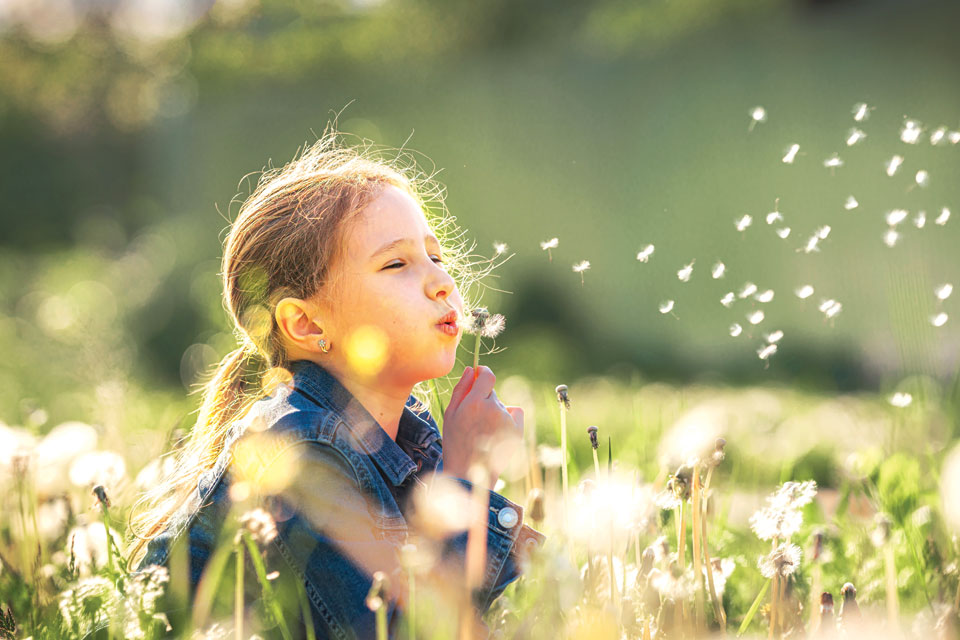
“It was one of those March days when the sun shines hot and the wind blows cold, when it is summer in the light and winter in the shade.”
– Charles Dickens
Spring is the most beautiful time of the year in South Florida. When you think of all the beautiful places we can visit to enjoy the beauty of spring and all it offers, we are fortunate.
The March equinox happens on March 19 at 11:09 pm. This falls on a Tuesday and is the astronomical beginning of the spring season in the Northern Hemisphere. The dates that are promoted for Spring 2024 are Wednesday, March 20 through Thursday, June 20, 2024.
We have always believed in the old adage “A picture is worth a thousand words.” So, I hope you enjoy the photos of some of the attractions that offer beautiful gardens, some bursting with beautiful flowers and plants. Places we recommend are located in Miami Dade, Broward and Palm Beach counties.
Fairchild Tropical Botanic Garden In Miami
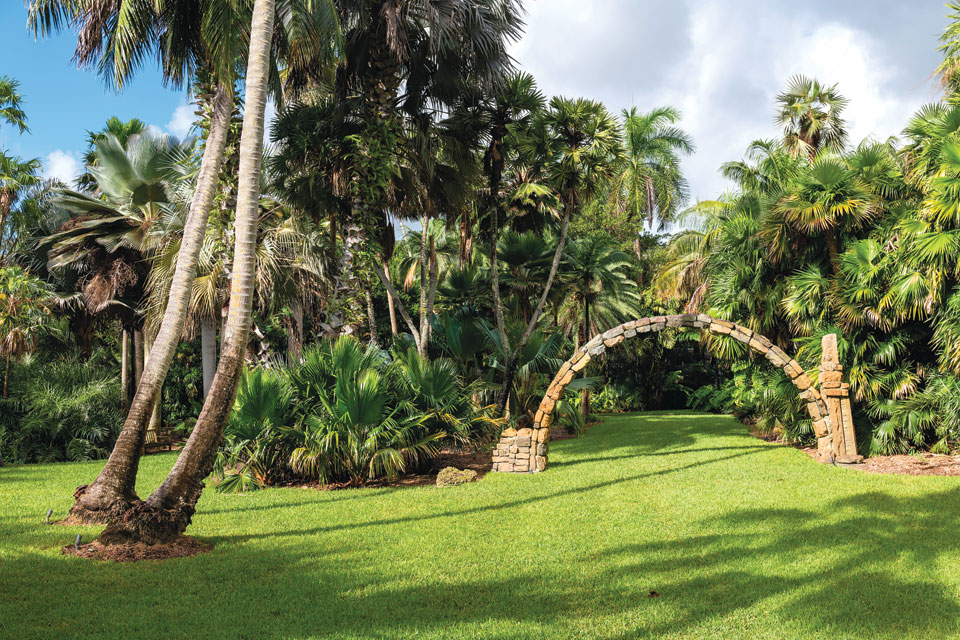
Fairchild gets its name from one of the most famous plant explorers in history, David Fairchild. Dr. Fairchild was known for traveling the world in search of useful plants, but he was also an educator and a renowned scientist. At the age of 22, he created the Section of Foreign Seed and Plant Introduction of the United States Department of Agriculture, and for the next 37 years he traveled the world in search of plants of potential use to the American people. Fairchild visited every continent in the world (except Antarctica) and brought back hundreds of important plants, including mangos, alfalfa, nectarines, dates, cotton, soybeans, bamboos and the flowering cherry trees that grace Washington, D.C. The Garden became a member of the Center for Plant Conservation, a consortium of botanic gardens involved in preservation of endangered U.S. flora.Since Hurricane Andrew in 1992, Fairchild plant collecting efforts have intensified dramatically, as scientists sought not only to restore the Garden’s collections, but also to identify and save endangered plants throughout the tropics. Since that time, Fairchild’s collections now include tropical fruit, orchids, and plants native to Florida.
Vizcaya Museum & Gardens In Miami
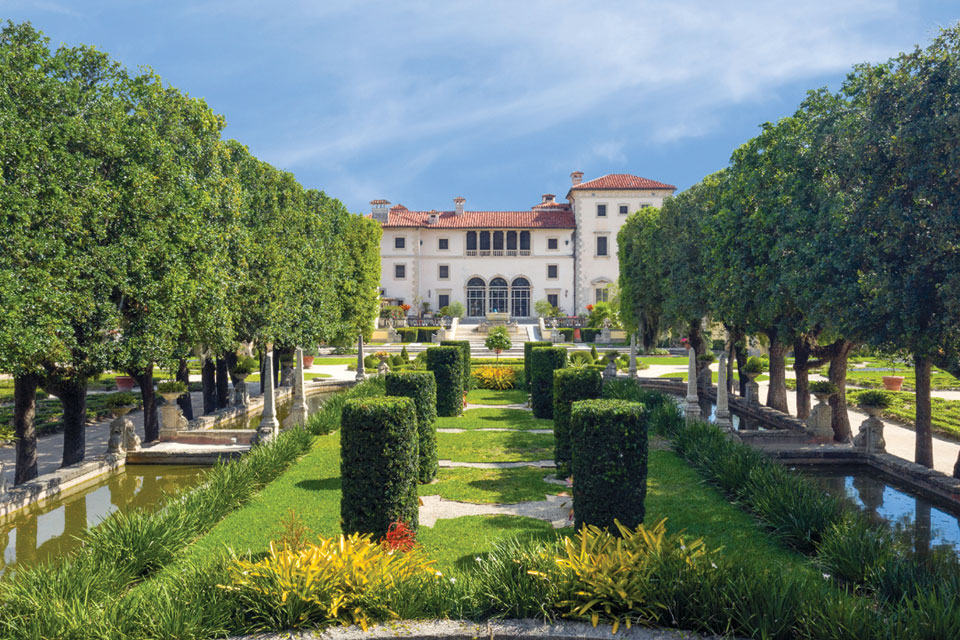
Experience the Gilded Age at James Deering’s 1916 winter estate, Vizcaya Museum and Gardens. You’ll be inspired to embrace the cultural vitality and environmental sustainability of the world around us. Connect with the past, understand the present, and shape the future by exploring the resources found there.
Vizcaya’s European-inspired gardens are among the most elaborate in the United States. Reminiscent of gardens created in seventeenth- and eighteenth-century Italy and France, the overall landscape design is conceived as a series of rooms.
The central space is dominated by low hedges. Beyond that are the evocative Secret Garden, the intimate Theater Garden, the playful Maze Garden and the once-watery domain of the Fountain Garden. On either side of this designed landscape is the preserved native forest.
Experience Miami elegance at Vizcaya Museum and its timeless Mediterranean-Style architecture.
Bonnet House Museum & Gardens In Ft. Lauderdale
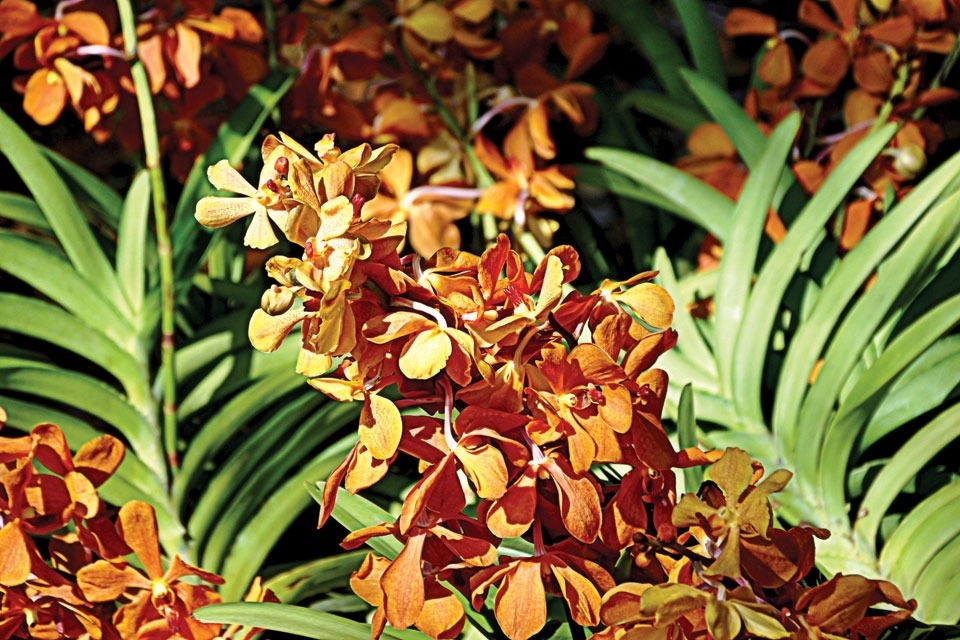
Chicago-born artist Frederic Clay Bartlett created Bonnet House in 1920 on South Florida oceanfront land given to him and his second wife, Helen Louise Birch, by her father, Hugh Taylor Birch, a prominent Chicago attorney, real estate investor, and naturalist. Tragedy struck in 1925 when Helen died from breast cancer and in 1931 Frederic married Evelyn Fortune Lilly. She spent winters at Bonnet House until 1995. Today, the estate is a preeminent house museum dedicated not only to historic and environmental preservation, but also to learning and creative expression.
The Bonnet House grounds encompass one of the last examples in South Florida of a native barrier island habitat. Five distinct ecosystems can be found on the property including the Atlantic Ocean beach and primary dune, a freshwater slough, the secondary dune which includes the house site, mangrove wetlands, and a maritime forest. In compliment to the natural vegetation, the grounds contain a Desert Garden composed of arid plantings, a hibiscus garden, and the main courtyard planted with tropical vegetation. Evelyn Bartlett was a passionate orchid collector.
Butterfly World In Coconut Creek
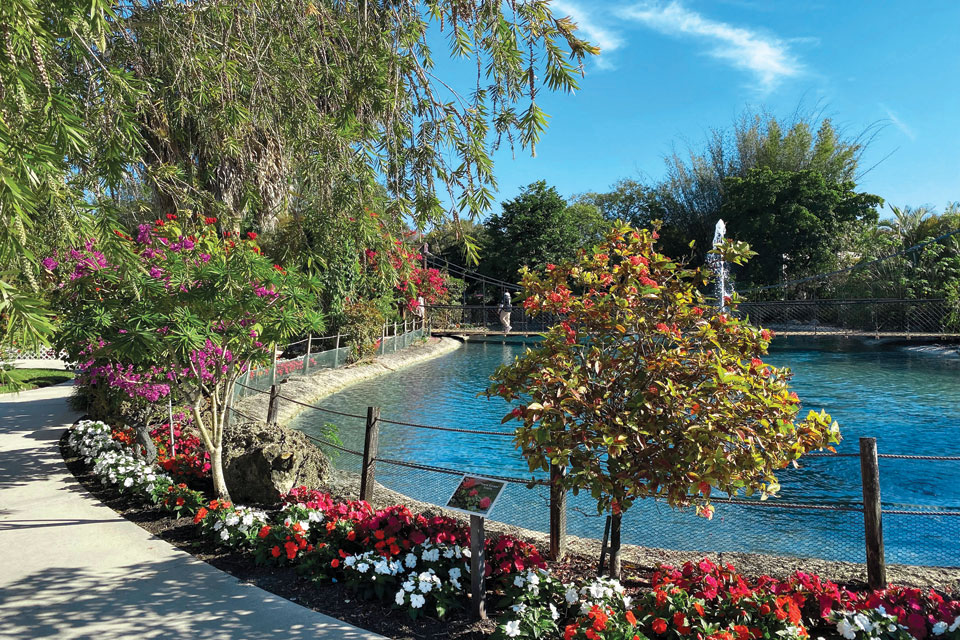
Butterfly World is the result of one man’s hobby gone wild. Ronald Boender grew up in Illinois and had always had a fascination with butterflies while growing up on his father’s farm.
He moved to Florida in 1968, and after retiring from a successful career he decided to actively pursue his interest in butterflies, beginning by raising local butterflies and butterfly food plants in small numbers at his home.
When he learned there was a market for “farmed” butterflies for sale to Universities and Zoos, Boender established a commercial butterfly farm in 1984. Boender also learned of attractions called “butterfly houses” springing up overseas, particularly in the United Kingdom. Intrigued by the possibilities, he went to England in 1985 and met Clive Farrell, founder and owner of the London Butterfly House. They became friends, and soon partners in the venture that became Butterfly World, the first butterfly house in the United States, and the largest in the world.
Established in 1988, Butterfly World encompasses 3 acres of butterfly aviaries, botanical gardens and the working butterfly farm and research center that Boender had worked years to establish.
Boender has also been vigilant in his support of off-site research, using Butterfly World profits and expertise to create the Boender Endangered Species Laboratory at the University of Florida. Working in conjunction with scientists there, Butterfly World has been instrumental in saving the endangered Schaus Swallowtail, a species of butterfly that is becoming reestablished in South Florida, and may, one day soon, be taken off of the endangered species list.
Morikami Museum & Japanese Gardens In Boca Raton
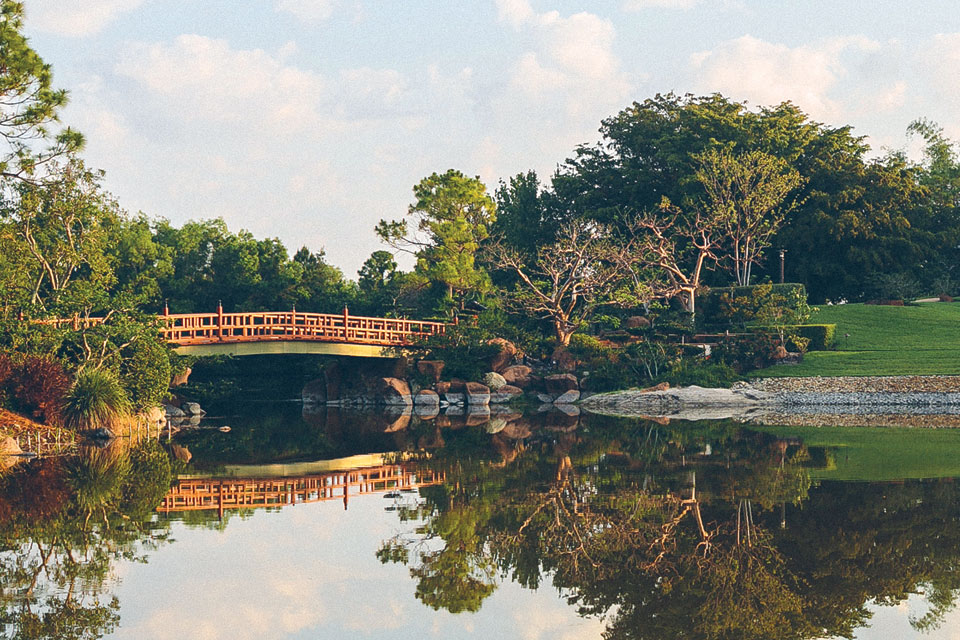
Visitors are surprised to discover a century-old connection between Japan and South Florida.
In 1904, Jo Sakai, a recent graduate of New York University, returned to his homeland of Miyazu, Japan, to organize a group of pioneering farmers and lead them to what
is now northern Boca Raton. With the help of the Model Land Company, a subsidiary
of Henry Flagler’s East Coast Railroad, they formed a farming colony they named
Yamato, an ancient name for Japan. The results of their crop experimentation were disappointing, and the Yamato Colony fell far short of its goals.
Since opening in 1977, Morikami has been a center for Japanese arts and culture in South Florida. With rotating exhibitions, tea ceremonies performed monthly in the Seishin – a tea house and educational outreach programs with local schools and organizations, Morikami strives to spread appreciation for the living culture of Japan.
The 16-acres that surround Morikami’s two museum buildings include expansive Japanese gardens with strolling paths, resting areas, a world-class bonsai collection, and lakes teeming with koi and other wildlife. The wider 200-acre park features nature trails, pine forests and picnic areas.
Morikami completed a major garden expansion and renovation and the gardens now reflect major periods of Japanese garden design, from the eighth to the 20th century, and serve as an outdoor extension of the museum. Each garden is intended to express the character and ideas of a unique counterpart in Japan without attempting to duplicate those gardens, and seamlessly flow together as one garden.
Morikami Museum and Japanese Gardens, with its unique gardens and collections, is one of Palm Beach County’s most treasured cultural attractions.
We hope you take the time to visit these beautiful gardens. Enjoy this special time of the year.
